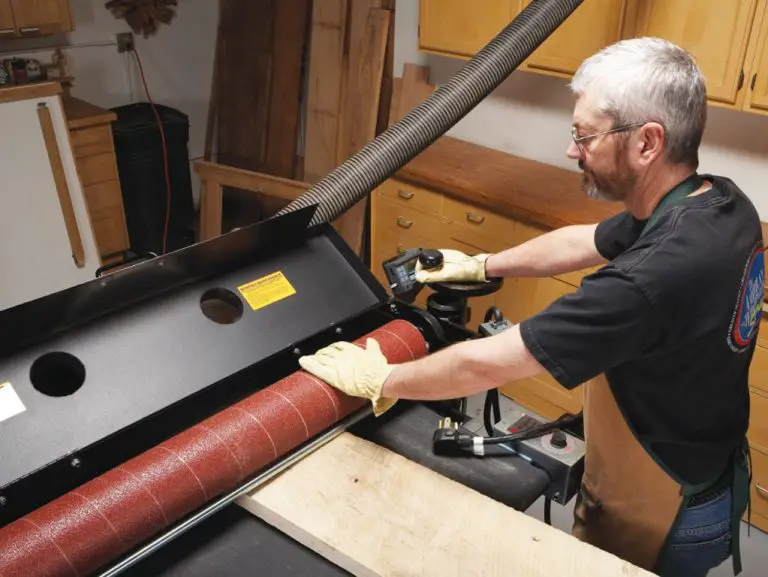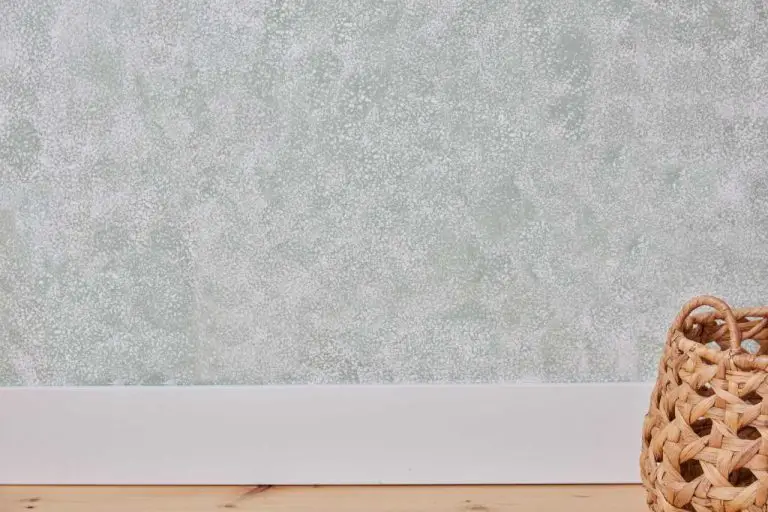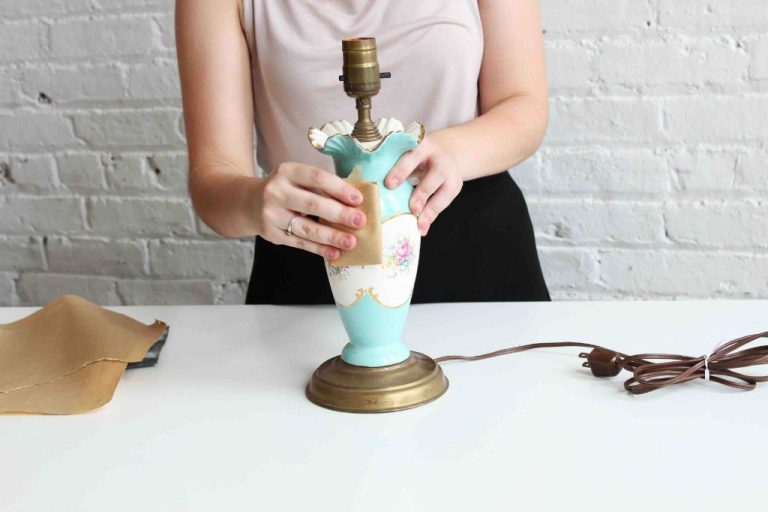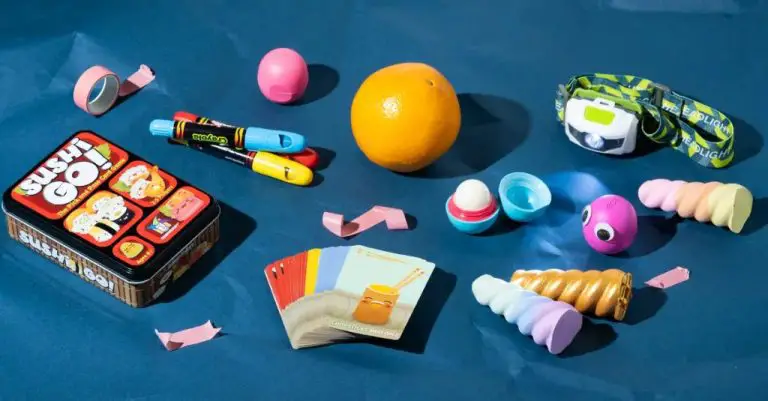How Do You Make A Clay Egyptian Sarcophagus?
Ancient Egyptian sarcophagi were elaborate containers designed to hold a pharaoh or noble’s mummified body. Sarcophagi were highly decorated with intricate carvings and bright paints, reflecting the ancient Egyptian belief in the afterlife. The sarcophagus protected the mummy and included inscriptions and images to aid the deceased in their journey to the next world.
Creating your own clay Egyptian sarcophagus allows you to experience a hands-on connection with this ancient funerary tradition. With some clay, tools, and creativity, you can craft a personalized sarcophagus for display or even costumes and theater. The process involves sculpting the coffin shape, etching decorations, painting, and finishing it with a clear coat.
This guide will walk through key steps in making an Egyptian sarcophagus out of clay. We’ll cover shaping the basic form, adding authentic-looking textures and details, drying and firing, and painting and sealing for long-lasting display. With patience and care, you can create a stunning clay sarcophagus to showcase your love of ancient Egypt.
Materials Needed
To make an Egyptian sarcophagus out of clay, you will need:
- Clay – Use a high quality pottery clay that fires to a light tan or terra cotta color. You will need 10-15 lbs of clay depending on the size of your sarcophagus.
- Clay sculpting tools – Metal loop tools, wooden ribs, sponges, plastic scrapers, etc. Used to shape, smooth, and add texture to the clay.
- Acrylic paints – Gold, blue, green, black, red, and white paints. Avoid glossy acrylic paints.
- Clear acrylic sealer/varnish – To seal and protect painted surfaces.
- Paintbrushes – Variety of sizes for detail work.
- Gold leaf sheets – Apply gold leaf accents for an authentic look.
- Decorative materials – Beads, jewels, small pieces of glass/tile/stone to press into the wet clay for inlaid decoration.
Gather all materials before starting your sarcophagus to ensure you have what you need for each step of the process.
Preparing the Clay
Before you can shape your sarcophagus, you’ll need to properly prepare the clay. Start by wedging and kneading the clay thoroughly. This serves several purposes – it softens the clay by warming it up with the heat of your hands, it mixes the different ingredients evenly throughout the clay, and it removes any air bubbles that may cause cracking or weak spots when the clay dries.
When wedging, cut the clay in half, stand facing it, and press down into the clay pushing away from yourself. Fold the clay over itself and repeat, occasionally slamming a section against the table. Do this until the clay feels soft, smooth, and elastic. Avoid overworking the clay which can cause it to become brittle.
You’ll want the clay to be soft but firm enough to hold its shape. Add small amounts of water or clay softener to soften the clay or a bit of grog or ceramic powder to firm it up as needed. Test the consistency by shaping a piece into a smooth ball. The prepared clay should hold its shape without cracking or slumping. Once your clay is perfectly wedged and kneaded, it’s ready for sculpting your sarcophagus.
Shaping the Sarcophagus
Once you have prepared your clay and created a solid base, it’s time to start sculpting and shaping your sarcophagus. The main components will be molding the base, sculpting the lid, and adding any decorative elements.
To mold the base, roll out slabs of clay in the desired dimensions, cutting them to size with a knife or clay cutter. You may choose to create a rectangular or tapered shape. Layer and smooth the slabs together, blending the seams carefully. Create walls approximately 1 inch thick for stability. Use clay sculpting tools to shape and refine the corners and edges.
For the lid, roll out another large slab for the top surface. Cut this to be slightly larger than your base, allowing an overhang. Drape the clay over a rounded form or free-sculpt an arched shape. Blend and refine the edges. Add side walls to the lid as well, connecting it to the top surface.
Embellish the sarcophagus with sculpted elements like a carved face, hieroglyphics, geometric patterns, or images of gods and goddesses. Add textures and designs using clay stamps and carving tools. Work slowly and carefully to create clean details. Let the clay firm up partially before sculpting intricate elements.
As you shape the sarcophagus, keep walls and joins even in thickness to prevent cracking and breakage. Allow time for smoothing seams and evening out textures. Handle the clay gently to avoid distortion.
Textures and Details
Adding textures and details can really bring an Egyptian sarcophagus to life. Here are some techniques to consider:
Hieroglyphs
Hieroglyphs were an important part of ancient Egyptian culture and often decorated sarcophagi. To add hieroglyphs to your clay sarcophagus, research common phrases and symbols used. Sketch the hieroglyphs lightly in pencil first. Use clay sculpting tools to carefully etch the hieroglyphs into the surface, adding depth and texture. Paint the hieroglyphs with acrylic paint after the clay has dried.
Images
Consider adding painted images like pharaohs, gods and goddesses, temples, plants, animals, etc. Research reference images of authentic Egyptian art and sarcophagus paintings. Use acrylic paints to recreate the images in detail. Outline images first in pencil if needed. Images can complement the hieroglyphs and help tell a story.
Cracks and Aging
To give your sarcophagus an authentic, aged look, add cracks and weathering effects. Use a knife or clay tool to etch thin cracks into the surface. Stipple on small bits of clay and smooth to create rough, pitted textures. Rub thin layers of acrylic paint onto edges and cracks for an aged, worn appearance. Add green and brown paint splotches for a mossy, eroded look. Go for subtle aging rather than overdoing it. The imperfections will add character and realism.
Drying Process
Allowing the clay sarcophagus to dry fully is an important step before moving on to painting and decoration. There are two main methods for drying the clay:
Air Drying: This involves letting the sarcophagus sit at room temperature for several days up to a week. Keep it in a warm, dry area out of direct sunlight. Turn the sarcophagus periodically to ensure even drying. Air drying takes longer but requires no special equipment.
Kiln Drying: Use a kiln designed for clay to rapidly dry the sarcophagus. Set the kiln to 190-220°F and allow the sarcophagus to dry for 8-12 hours. Kiln drying is faster but requires investing in a kiln if you don’t already have access to one.
No matter which drying method you choose, check the sarcophagus regularly. There should be no damp areas left before moving to the next steps. Fully drying the clay is crucial to prevent cracking or damage later on.
Painting and Decorating
Once the clay sarcophagus has dried completely, it’s time to bring it to life with paints and decorations. When choosing paints, be sure to use acrylics or temperas that are specifically made for painting on clay and ceramics. The clay needs to be sealed prior to painting with a clear acrylic sealer so the paint does not soak into the raw clay.
There are many techniques that can be used to paint the sarcophagus. Start by covering the entire piece with a base layer of paint matching the original sarcophagus color. Then use smaller brushes to paint on bolder details like eyes, jewelry, clothing patterns, and hieroglyphics. Outlining these details with a thin dark paint will help make them stand out.
Adding gold leaf accents is an elegant way to decorate a clay sarcophagus. Cut gold leaf sheets into shapes and apply leaf adhesive where desired. Once dry, burnish the gold leaf with a soft brush to make it shiny and smooth. Other decorative options include faux gems, beads, or ribbon trim along the edges and corners. Get creative with the painting and decorations to make your sarcophagus truly one-of-a-kind.
Clear Coating
Once the paint and decorations are fully dry, you’ll want to apply a clear protective coating over the entire sarcophagus. This helps seal and protect the paint, while also providing a nice glossy sheen. Polyurethane is commonly used as it dries into a hard, durable finish that can stand up to handling and environmental factors.
There are a couple techniques you can use to apply the polyurethane. Brushing it on with a high-quality brush allows you to smoothly coat all the crevices and details. Make sure to use thin, even strokes and avoid overbrushing any areas. For large flat areas, you can use a foam brush or paint pad applicator. This allows you to quickly coat the surface while avoiding visible brush strokes.
Apply at least 2-3 thin coats of polyurethane, allowing each coat to fully dry before adding the next. Lightly sand with fine grit sandpaper between coats to ensure proper adhesion. The polyurethane coating will protect your sarcophagus and give it a beautiful glossy finish! Just take care not to overbrush and create drips or runs.
Troubleshooting
When working with clay, especially on a large project like a sarcophagus, you may run into some issues like cracking or paint problems. Here are some tips for troubleshooting common problems:
Cracking Issues
Cracks can occur during the drying process if the clay is drying too quickly or unevenly. To prevent cracks:
- Allow the clay to dry slowly, at room temperature.
- Avoid placing the sarcophagus in direct sunlight or near heating vents to dry.
- Wrap areas that are drying too fast with plastic wrap.
- If cracks do occur, fill them in with watered down clay.
Paint Problems
You may encounter issues like chipping, peeling, or paint not adhering properly. To avoid this:
- Make sure clay is fully dry before painting.
- Use an acrylic primer before painting.
- Apply paint in thin layers and allow to fully dry between coats.
- Seal paint with a clear acrylic sealer when finished.
Displaying the Sarcophagus
After putting in all that hard work creating your Egyptian sarcophagus, you’ll want to proudly display it for all to see. There are several options for effectively showcasing your sarcophagus.
For mounting, you may want to elevate the sarcophagus on a stand or platform. This allows viewers to admire the details from all angles. Construct a sturdy wooden platform and use museum wax to safely secure the sarcophagus in place. You can also build a custom display case with plexiglass sides to protect the sarcophagus while still allowing it to be viewed.
Proper lighting is key. Spotlights work nicely to illuminate the sarcophagus. LED light strips can be placed inside a display case to highlight the interior. Experiment with the placement and color temperature of lighting to bring out different details and textures.
When selecting a location, consider placing the sarcophagus in an area with lower foot traffic to prevent accidental bumps and damage. Position it out of direct sunlight which can cause fading over time. A protected alcove or shelf against a wall provides an ideal spot. Or you may want to designate a special room just for displaying your Egyptian artifacts.
For a museum or school setting, create informative signage next to the display to educate visitors. Describe the sarcophagus’s historical significance and provide context. Engage viewers by posing discussion questions or highlighting unique features to examine up close.
Your homemade Egyptian sarcophagus is sure to impress. With careful mounting, lighting and placement, you can create an eye-catching exhibit for this ancient treasure.




